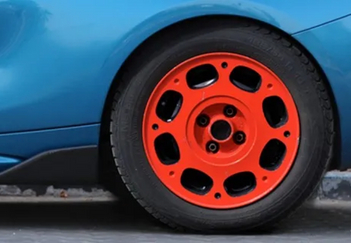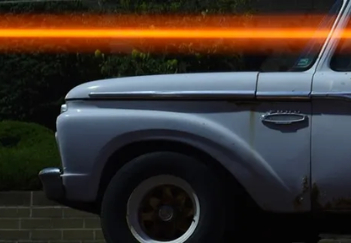
November 14, 2023
7 Types of Tyre Damage Plus Their Causes & Prevention
Tyres are built to last, and their standard lifetime is anywhere between 95,000 to 120,000 kilometres.
But the truth is, they will get damaged at some point, after all,they are the only part of your vehicle that makes contact with the whatever surface you drive on, which isn't always smooth or hazard-free.
With this daily beating, tyres are susceptible to different types of damage—from repairable ones like tyre punctures to the downright hazardous such as blowouts. So how do you prevent these and keep safe on the road? Tyroola gives you the 7 most common types of tyre damage.
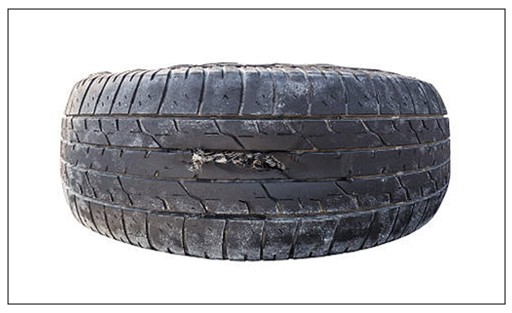
7 Types of Tyre Damage
Sometimes, tyre damage creeps in without you noticing until it's too late for repairs. Other times, you can feel the effects of the damage instantly, like a sudden loss of control because of a flat tyre. Learn to identify these issues before they worsen and compromise your vehicle and safety.
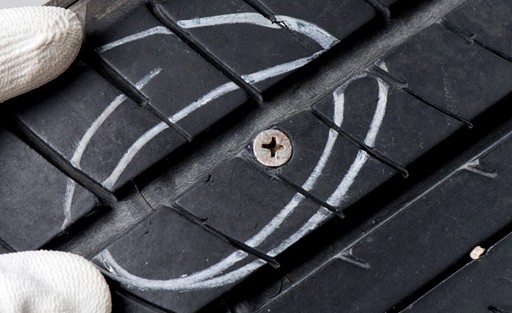
1. Punctures
Punctures occur when a foreign object pierces the tyre's surface. It is the most common type of tyre damage.
Cause: Rolling over sharp objects such as glass shards, nails, gravel bits, road cracks and others
How It Happens: Once there is a newly punched hole into your tread, the tyre's air pressure drops if the puncture goes deep. Punctures may be slow when the embedded sharp object causes the gradual loss of air pressure. With a rapid puncture, the tyre loses air fast, which makes the steering feel heavy. When this happens, pull over to avoid further tyre damage or accidents. Change your flat tyre (which you don't need to do on run-flat tyres) and drive to the nearest service station.
Is It Repairable?
A puncture may be repairable only if:
- It's at the centre of the tread area. If the puncture happens in the sidewall, you need to replace the tyre.
- It's smaller than 6 millimetres.
- The tyre still has enough tread depth. Australian law dictates that tyres must have at least 1.6 millimetres of tread depth to be road-legal.
If all these conditions aren't met, you must replace your punctured tyre.
💡Pro-Tip: It's best to have a tyre expert do the puncture repair. Improper repair of punctures can result in accidents. Also, a professional can better assess whether the puncture is repairable.
Also read: Tyre Puncture Repair Guide
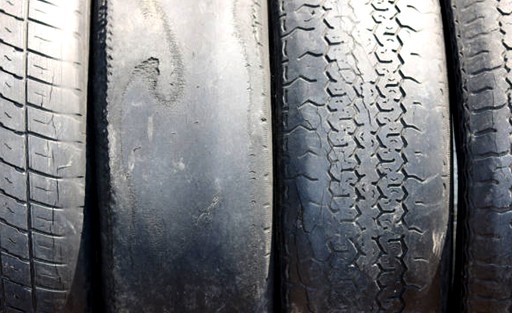
2. Irregular Tread Wear
You can't avoid tread wear it happens naturally with tyre use. However, it becomes an issue when yout tyre tread is uneven. If one side of your tyre wears out faster, it might cause premature tyre failure, wobbly steering, reduced grip, and inefficient braking.
Causes: There are several kinds of treadwear depending on where it is located on the tyre. These include:
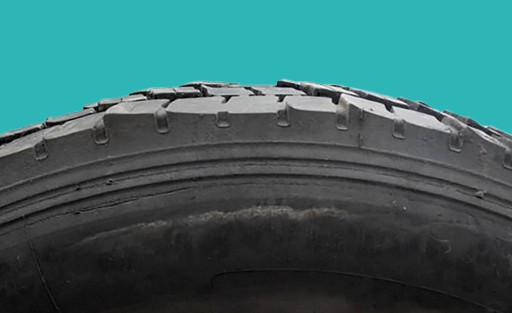
• Heel & Toe Wear. This happens when one side of the tread blocks are rubbed down faster than the other side on the same circumference. Though this wear is quite normal, it poses safety issues when severe. Probable causes include failure to rotate tyres, overloading your vehicle, and sudden braking and acceleration.
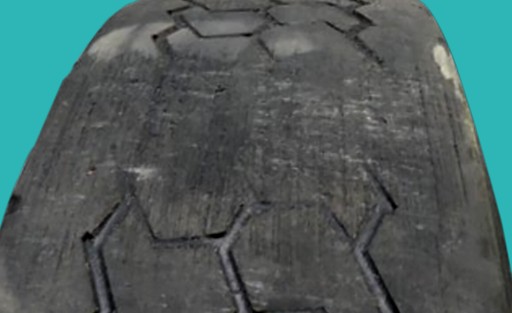
• Centre Wear. Centre tread wear is when your tyre's tread on the middle of the tyre surface strips away faster than its edges. This may be caused by overinflation. To know the proper inflation for your car, check your tyre placard, vehicle manual or the driver's seat doorjamb.

• Camber Wear. When half of your tyre's tread exhibits more tread wear than the other, it can get dangerous when turning and cornering. The culprit is often improper wheel alignment so make sure you get your tyres aligned regularly.
Is it Repairable? No. You can't reverse uneven tread wear unless you have a time machine. The best you can do is to prevent it from worsening. But if the damage is severe, then tyre replacement is a must.
💡Pro-Tip: Rotating your tyres once every six months or every 10,000 kilometres helps even out tread wear. With this, you prolong tyre life, lower fuel consumption, and maintain efficient handling or how the tyres respond to your acceleration and braking demands.
Also read: Is Tyre Retreading Safe?
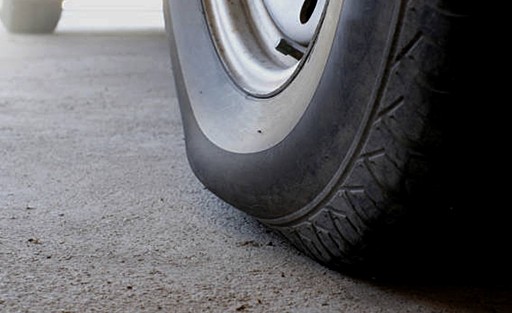
3. Bulges
Categorised as impact damage, a bulge is swelling or a protrusion on the tyre's sidewall—the smooth area between the rim and hubcap.
Causes: Making contact with potholes, speed bumps, damaged roads and other hazards at high speeds.
How It Happens: A bulge appears when a tyre's internal layers collapse because of the impact. When this happens, air leaks from the tyre's inside, creating a bulge or bubble on the outer layer.
Is It Repairable? No. Bulges indicate internal damage, making the tyre unsafe to use. A tyre's interior elements, such as cords and plies, stabilise and strengthen the tread while boosting traction and protecting the tyre against impacts.
💡Pro-Tip: In rare instances, tyre bulges may be from a manufacturing defect. A tyre technician can help you determine if the bulge is from an impact or defect by examining the bead area and the inner lining for damage. If there's none, a defect may have caused it.
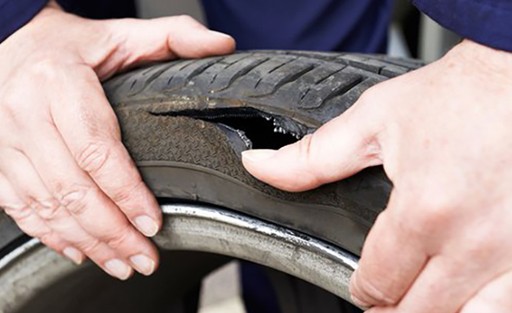
4. Cuts
Tyres can also incur cuts or tears in their sidewall and tread. Cuts are more dangerous than bulges because they can result in blowouts, which puts you in immediate danger.
Causes: Like punctures, cuts can be caused by sharp objects on the road. But instead of just holes, the damage ends up as cuts or gashes because of a much more substantial impact. Underinflation is also a typical cause of cuts.
Is It Repairable?
You can only repair cuts if all these conditions are met:
- The cut is less than 6 millimetres.
- The cut is on the tread, not on the sidewall.
- The tyre has sufficient tread depth (1.6 millimetres and above)
💡Pro-Tip: We don't recommend repairing sidewall damage because this is the part that significantly flexes when the tyre hits the road. This constant contact requires sidewalls to be sturdy and uncompromised at all times.
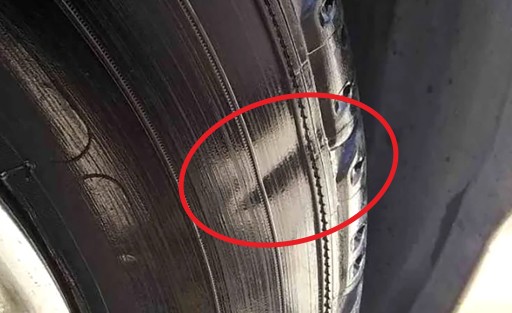
5. Sidewall Dimples
These indentations on the sidewall are typically harmless and merely an aesthetic issue.
Causes: Today's tyres are mostly radial, which uses cord layers arranged perpendicularly to the direction of travel. Because of this arrangement, overlaps in the cords may result in dimples appearing only on the sidewalls.
Is It Repairable? This is a non-issue since these slight indentations only affect the tyre's appearance. Sidewall dimples do not affect tyre safety, handling or performance.
💡Pro-Tip: If the sidewall indentations are bothering you, consult a tyre specialist to ease your worries. This way, other tyre issues which otherwise would've gone unnoticed may be identified.
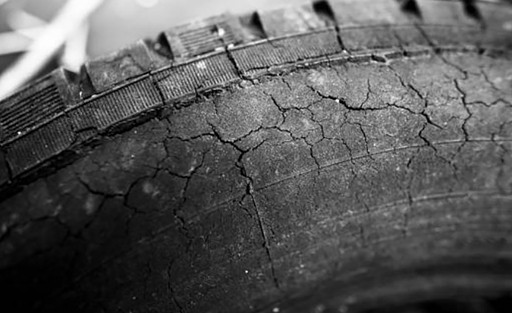
6. Cracks
The cracks can appear anywhere on your tyre—on its sidewall, tread or spaces between the tread blocks. These indicate that your tyre's rubber is starting to age and disintegrate.
Causes:When a tyre ages, cracks are inevitable due to sun exposure and temperature changes. Though tyres have anti-aging compounds, their constant interaction with road surfaces and other elements can wear down their rubber over time.
Is It Repairable? Some small cracks can be repaired, but this is only a quick fix to an issue that will only worsen. Cracks signify that your tyre is losing its elasticity and reaching its end of life. A tyre can last anywhere from three to five years. But if the cracks appear before that, this implies a manufacturing defect.
💡Pro-Tip: To prevent cracked tyres, park your vehicle in a shaded area or, better yet, in a garage. Clean them regularly to wash away dirt and debris. Don't leave your vehicle unused; drive it in 3-day intervals to let the tyres roll around.
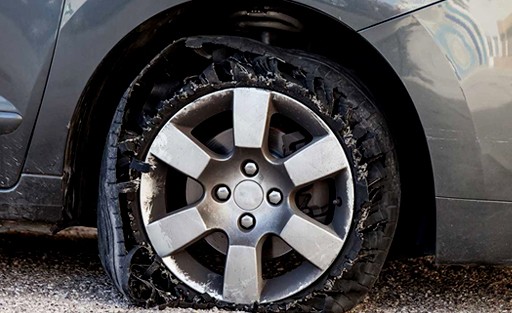
7. Blowouts
Among all the tyre damage types, this is the most dangerous. When your tyre blows out or bursts, air loss comes rapidly, so you must pull over as soon as possible.
Causes: Underinflation is the leading cause of blowouts. Other reasons include overloading your vehicle, unattended tyre cuts and punctures, and impact damage.
Is It Repairable? A big resounding NO. Your busted tyre has to be replaced.
💡Pro-Tip: Nowadays, blowouts are no longer as frequent, thanks to improved tyre compounds and construction. However, these can still happen, so practice proper tyre maintenance.
Tyre Care Tips
Who likes damaged tyres? No one. They look unattractive and are unsafe to use. To prolong the life of your tyres, follow these steps:
• Rotate your tyres.
We've said it once, and we'll say it again—regular rotation does wonders for tyre longevity. By changing the positions of your tyres, they wear down evenly, giving you better handling. Just make sure to follow the recommended rotation patterns for your particular vehicle.
Also read: Top 8 Must-Know FAQs About Tyre Rotation
• Properly inflate your tyres.
Underinflation or overinflation usually sets the condition for tyre damage. Aside from keeping your tyres in good condition, proper tyre pressure also gives you stability, better fuel economy, and excellent handling while keeping wear and tear in check.
• Don't overload your vehicle.
Remember that tyres (and the air inside them) hold the entire weight of the vehicle, cargo, and yourself and your passengers. Overloading your vehicle means putting additional strain on your tyres, and this makes your tyres susceptible to wear and tear and overheating.
Also read: Tyre Load Rating & Tyre Speed Rating
• Conduct regular tyre checkups.
Closely examine your tyres regularly for external damage like the ones mentioned above. After a long drive or exploring rough terrain, give your tyres a thorough assessment. Internal damage, though, is more difficult to spot. That's why we don't recommend buying second-hand tyres because who knows what lurks beneath their fresh-looking carcasses?
• Read the manufacturer's recommendations.
Your owner's manual contains the specifics of caring for your particular tyres, including speed and load ratings, proper air pressure, and fitting and rotating tyres. Not educating yourself can result in damage and costly repairs, so read up!
Buy the Most Affordable Replacement Tyres at Tyroola!
Worried that your replacement tyres will cost you a fortune? At Tyroola, we ensure the lowest prices online, whether you're looking for original equipment or aftermarket tyres. We also offer a wide range of tyre brands and sizes that give you freedom of choice.
Shop at Tyroola now and get the best deals and discounts that keep you and your budget safe!

